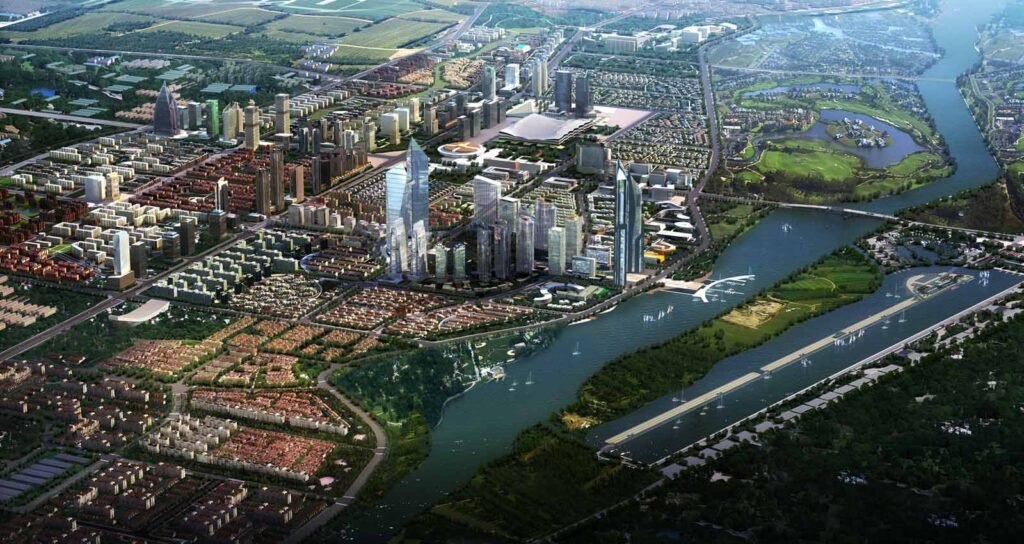Lahore Smart City: Advancements in Traffic Management and Future Solutions.
Introduction.
Lahore Smart City Traffic Management Lahore, the second largest city in Pakistan and the heart of Punjab, is known for its rich history, culture, and architecture. Yet, it faces modern-day challenges that most bustling cities encounter, particularly traffic congestion and its related issues. The increasing number of vehicles that use its roads reflects Lahore’s growth, resulting in congestion, longer commutes, and increased pollution.
Furthermore, Lahore Smart City aims to tackle these challenges by implementing innovative traffic management strategies, utilizing technology, and urban planning. This article examines the different approaches Lahore has taken to address its traffic problems and create a sustainable, efficient city.
.
Traffic Challenge in Lahore.

The rapid urbanization of Lahore and its population growth have placed enormous pressure on the transportation infrastructure. Consequently, the daily commute has become more difficult and stressful. Residents experience significant frustration due to congestion at peak times. Additionally, increased traffic contributes to pollution, carbon emissions, and health hazards for the city’s residents. Lahore has taken steps to transform into a smart city.
Benefits to the Environment and Society.
A better traffic management system in Lahore offers several benefits. By reducing traffic congestion, it decreases emissions and helps combat air pollution, resulting in a healthier living environment for the residents of Lahore and fostering a sustainable future for the city.
Furthermore, smarter traffic management can shorten commutes and reduce stress for residents. Efficient transport systems can also boost the city’s economy by improving accessibility and reducing traffic delays and associated costs.
Future Challenges and Developments.
The smart city initiative in Lahore has made significant progress, but there are still many challenges to be overcome. To ensure success, stakeholders must continue to invest in infrastructure and technology. Additionally, public awareness and education are essential to ensure that residents embrace and understand the changes.
Moreover, Lahore’s future traffic management will also involve exploring new technologies such as autonomous vehicles and advanced communications networks. Incorporating these innovations will require collaboration and careful planning among different stakeholders to integrate them into the city’s infrastructure.
The conclusion of the article is.
Lahore’s journey to become a smart city with advanced traffic management is an admirable undertaking that could transform the urban landscape. Lahore has tackled its traffic problems head-on with intelligent traffic signals and data-driven analytics. Additionally, it has improved public transport, integrated management centers, and enhanced public transportation. Despite these efforts, there are still obstacles to overcome. However, the dedication to making Lahore a more sustainable, efficient, and livable city is clear. With continued innovation and support from the community, Lahore can serve as a model for other cities, both in Pakistan and abroad, demonstrating that smart traffic management is not only feasible but also essential for a prosperous urban future.
0 Comments